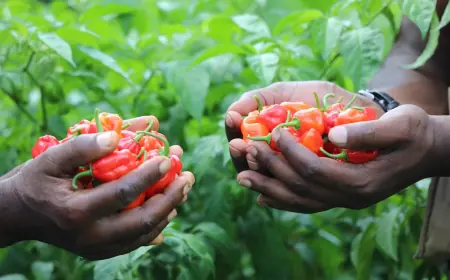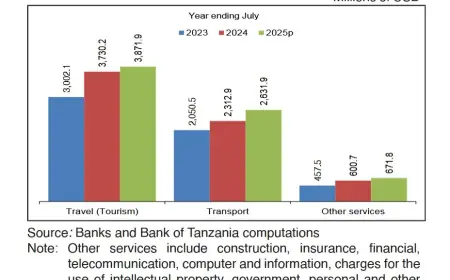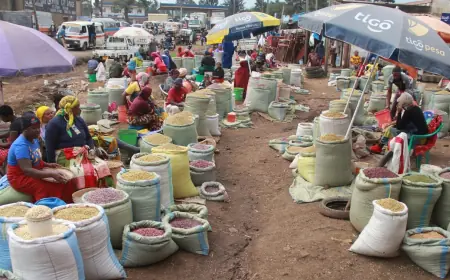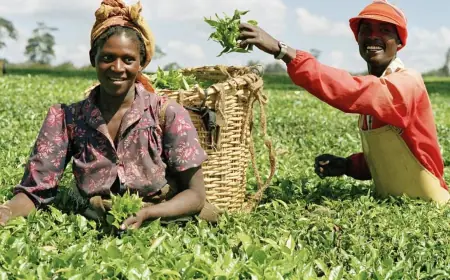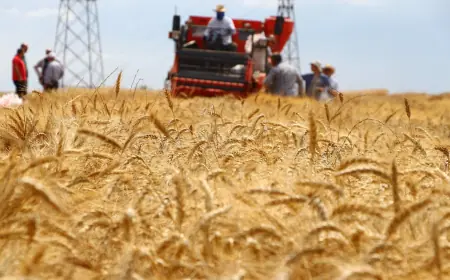Beans prices drop as other staples stay firm in Tanzania
Maize, rice, sorghum, bulrush millet, finger millet and round potatoes all remained unchanged at Sh700, Sh2,300, Sh1,400, Sh1,500, Sh2,300 and Sh900 per kilogramme respectively
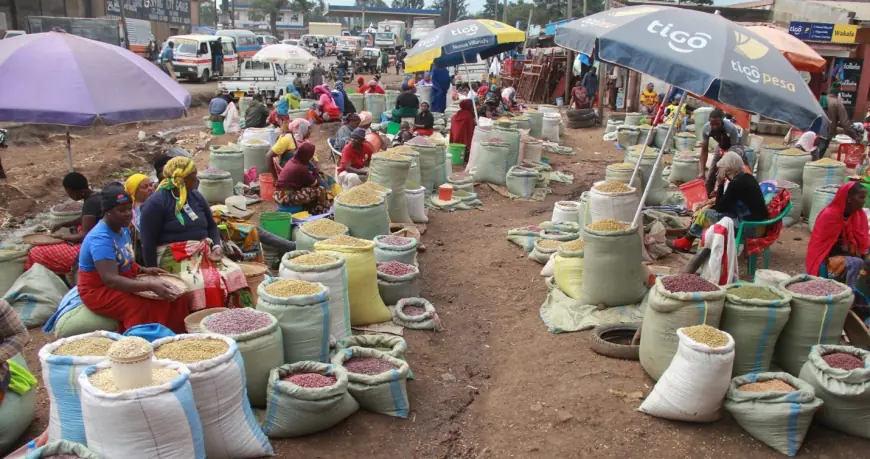
Dar es Salaam. The wholesale price of beans has slipped nationwide, while most other staple crops held steady during the week of September 15–19, according to the Ministry of Agriculture’s latest market bulletin.
At the national level, beans dropped 4.3 percent to Sh2,200 per kilo, compared with Sh2,300 a week earlier.
Maize, rice, sorghum, bulrush millet, finger millet and round potatoes all remained unchanged at Sh700, Sh2,300, Sh1,400, Sh1,500, Sh2,300 and Sh900 per kilogramme respectively.
Regional markets, however, painted a more diverse picture. In Dar es Salaam, maize gained 14.3 percent to Sh800, while sorghum and finger millet both rose 8.3 percent to Sh1,300 and Sh2,600.
Beans tumbled 10.7 percent to Sh2,500, rice slipped 3.8 percent to Sh2,500, and round potatoes dropped 11.1 percent to Sh800.
Dodoma saw rice fall 4.3 percent to Sh2,200 while finger millet gained 7.7 percent to Sh1,400.
Arusha registered a 4.5 percent fall in beans to Sh2,100, and potatoes slid 14.3 percent to Sh600. Lindi markets were stable across all crops.
In Mtwara, rice climbed 9.1 percent to Sh2,400, sorghum surged 16.7 percent to Sh2,300, and finger millet jumped 12.5 percent to Sh3,500.
Iringa reported a 7.1 percent rise in bulrush millet to Sh1,500, while other crops remained unchanged. Rukwa saw beans drop 7.7 percent to Sh2,400 and sorghum decline 14.3 percent to Sh1,200.
Kigoma experienced beans falling 10 percent to Sh1,800 and finger millet down 13.6 percent to Sh1,900, while potatoes rose 12.5 percent to Sh900.
Shinyanga posted strong gains: beans up 19 percent to Sh2,500, sorghum up 12.5 percent to Sh1,800 and bulrush millet up 14.3 percent to Sh1,600.
Mwanza recorded a 6.7 percent fall in maize to Sh900 and a 6.7 percent dip in sorghum to Sh1,400, though beans edged up 2.2 percent to Sh2,300.
In Kagera, bulrush millet dropped 5.9 percent to Sh1,600, but potatoes increased 12.5 percent to Sh900.
Mara recorded a 5.6 percent rise in beans to Sh1,900.
Katavi saw broad declines: maize fell 14.3 percent to Sh600, beans dropped 15.4 percent to Sh2,200, sorghum eased 5 percent to Sh1,900 and bulrush millet slid 10 percent to Sh1,800. Geita reported beans plunging 27.3 percent to Sh2,400 and potatoes falling 25 percent to Sh600.
Pwani recorded maize down 15.4 percent to Sh1,100 but potatoes up 15.4 percent to Sh1,500. Njombe and Kilimanjaro posted beans at Sh1,800 and Sh3,000 respectively, although comparative data was not available.
Horticultural crops also showed volatility. In Dar es Salaam, onions fell 10 percent to Sh1,800, garlic rose 10 percent to Sh5,500, tomatoes climbed 13 percent to Sh900, while passion fruits eased 4 percent to Sh1,300.
Arusha saw onions rise 7 percent to Sh1,600, though tomatoes fell 8 percent to Sh1,200. Dodoma posted a 10 percent fall in onions to Sh1,800, a 6 percent rise in tomatoes to Sh900 and a 43 percent surge in Irish potatoes to Sh2,000.
Manyara markets reported onions up 15 percent to Sh1,500 and potatoes up 18 percent to Sh1,300, while garlic fell 25 percent to Sh3,000 and tomatoes dropped 13 percent to Sh700.
In Kilimanjaro, onions gained 6 percent to Sh1,800 while tomatoes lost 9 percent to Sh1,000.
Mwanakwerekwe in Zanzibar saw onions decline 5 percent to Sh1,900 and tomatoes fall 33 percent to Sh1,200.
Cash crops maintained robust performance. By September 8, cocoa sales had reached 2.5 million kilograms valued at Sh38 billion.
Chickpeas followed with 78.8 million kilograms worth Sh102 billion by September 15.
Sesame sales stood at 88.4 million kilograms fetching Sh241 billion, while pigeon peas reached 114 million kilogrammes valued at Sh117 billion
The Ministry noted that while cereals and tubers remained relatively stable, pulses and horticultural produce showed sharper movements, underscoring the impact of seasonal harvests and regional demand pressures.
What's Your Reaction?
 Like
0
Like
0
 Dislike
0
Dislike
0
 Love
0
Love
0
 Funny
0
Funny
0
 Angry
0
Angry
0
 Sad
0
Sad
0
 Wow
0
Wow
0



























